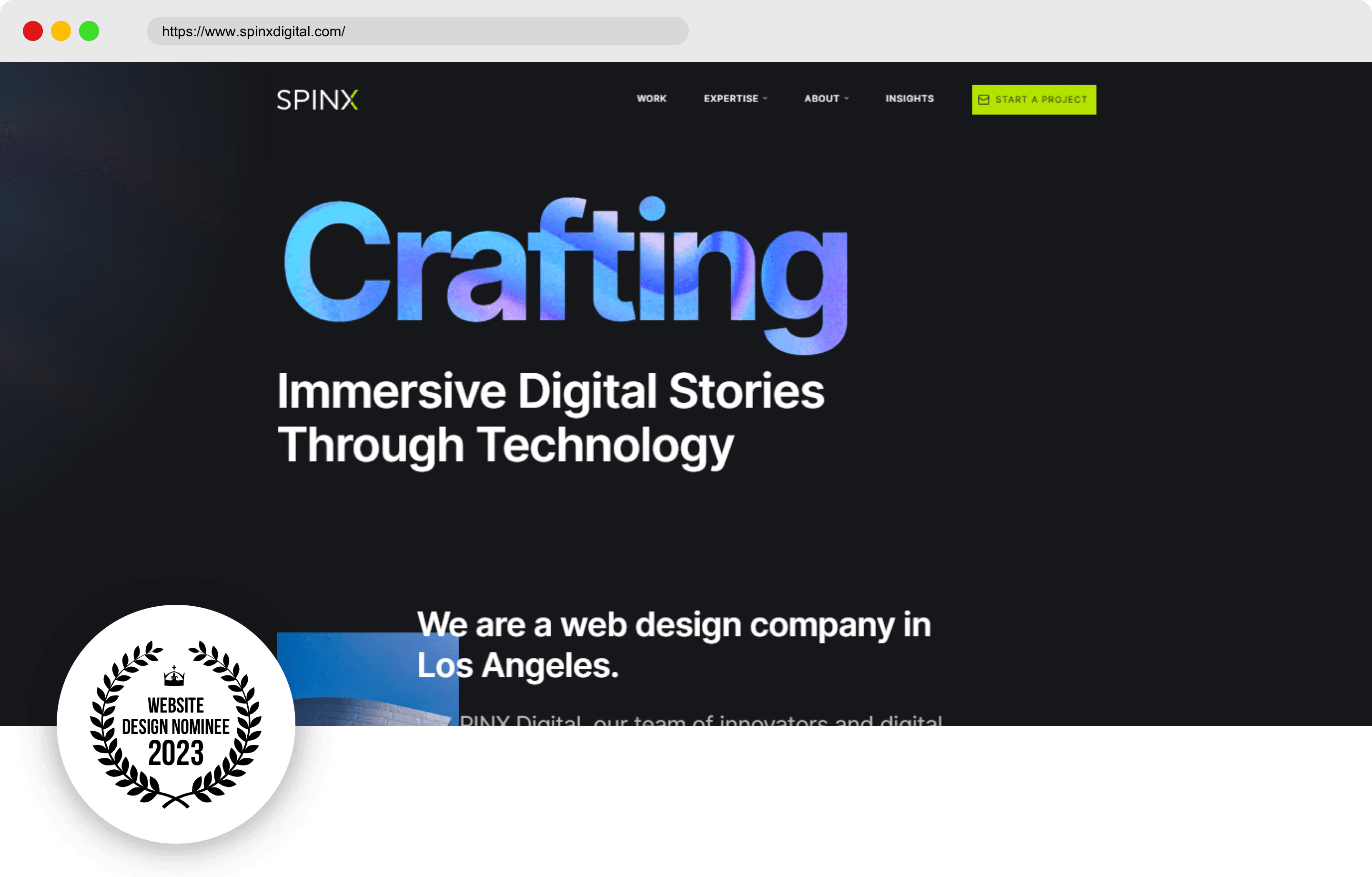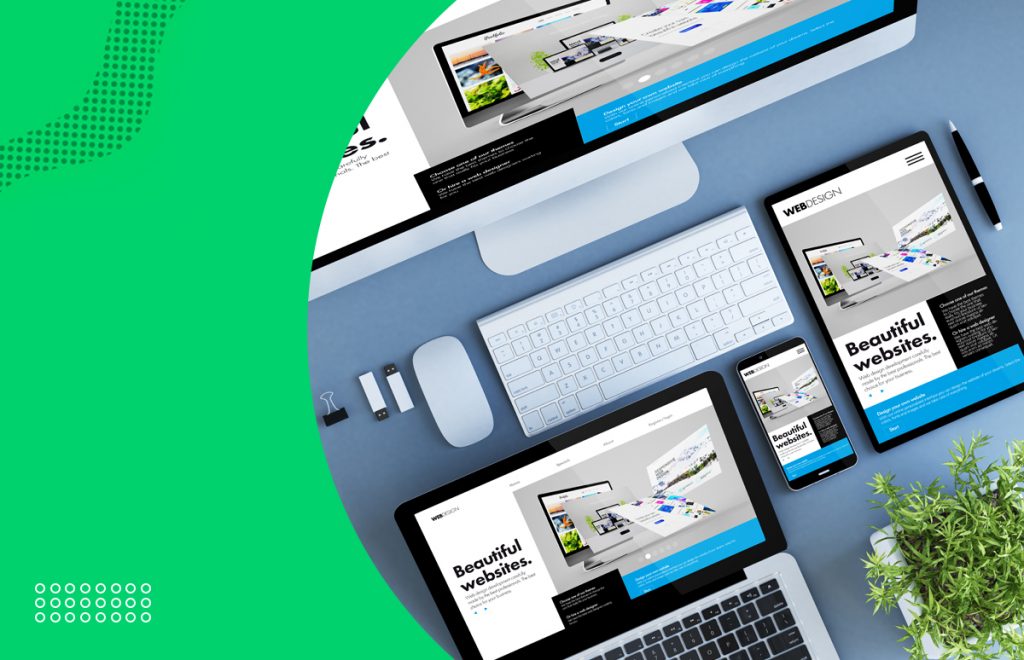The Ultimate Overview to Modern Web Site Style Trends
In the ever-evolving electronic landscape, contemporary site design trends play a vital function in shaping user experience and engagement. From the surge of minimalist layout concepts that focus on simplicity to the influence of vibrant typography in defining brand identity, each component adds to a natural on the internet existence.
Minimalist Style Concepts
Minimal layout concepts emphasize the idea that less is more, advocating for simplicity and capability in visual communication. This strategy strips away unneeded aspects, focusing rather on necessary components that share the designated message properly. By focusing on quality, minimal design enhances individual experience, enabling visitors to browse web sites easily.
Core tenets of minimalist layout include using enough white area, which develops a feeling of equilibrium and company. This adverse room not just guides the customer's attention to essential elements however additionally cultivates a calming visual ambience. Furthermore, a minimal shade combination is often used, utilizing single systems or soft tones to keep visual cohesion and prevent frustrating the customer.
Typography plays a crucial function in minimal design, where legible font styles are picked for their simpleness and effectiveness in interacting content. Eventually, minimalist design principles cultivate a focused setting that urges customers to engage with the web content, boosting the general efficiency of modern internet site style.
Vibrant Typography Options
Embracing bold typography choices has actually come to be a specifying characteristic of modern-day internet site layout, as it properly catches interest and communicates strong messaging. Designers are significantly making use of typography not simply as a practical element yet as a crucial aesthetic component that enhances the total aesthetic and user experience.

Furthermore, the juxtaposition of bold typography with minimalist style concepts allows for striking contrasts, improving readability while preserving aesthetic appeal. Using whitespace around strong message additionally stresses its relevance, making sure that the message resonates with the target market.
As digital landscapes become much more affordable, leveraging strong typography allows brands to separate themselves and leave a long lasting impression. The careful choice of fonts and their application can stimulate feelings, develop tone, and drive action, making bold typography an essential tool in contemporary website style. Ultimately, it is an effective way to enhance narration and ensure that key messages are not just seen but likewise felt.
Mobile-first and receptive Layout
Mobile-first and responsive style has become a critical principle in contemporary site advancement, showing the enhancing reliance on mobile phones for accessing on the internet material. As customer behavior changes in the direction of mobile browsing, designers should focus on creating experiences that adapt flawlessly throughout various display dimensions and resolutions.
A receptive design makes sure that a website immediately adjusts its format, pictures, and capability based on the tool being used. Mobile-first style supporters for developing sites originally for smaller sized displays, subsequently scaling up to bigger displays.
Applying mobile-first and responsive principles not only caters to customer preferences however also aligns with search engine optimization (SEO) practices. Major online search engine, like Google, prioritize mobile-friendly websites in their positions, making it critical for organizations to take on these layout techniques. In an affordable electronic landscape, welcoming mobile-first and responsive style is not simply a choice; it is essential for guaranteeing accessibility and involvement with a diverse target market.
Engaging Microinteractions
Microinteractions play a critical duty in boosting customer interaction and general website experience, particularly in the context of mobile-first and responsive layout. These subtle style elements offer prompt feedback to customers, making communications extra instinctive and satisfying. Examples consist of switch computer animations, alert alerts, and click for source filling signs, which not just overview customers however also create a feeling of link with the user interface.
Integrating interesting microinteractions can substantially improve usability by reducing cognitive tons. When users obtain visual or auditory feedback upon executing actions, such as clicking a switch or sending a type, they really feel more positive in their selections. This cultivates a smoother navigation experience, ultimately boosting customer retention.

As internet site design fads proceed to evolve, the value of microinteractions can not be overemphasized. They act as the subtle yet effective touchpoints that change average communications right into amazing experiences, therefore boosting the total efficiency of modern internet layout.
Lasting Website Design Practices
Lasting website design methods are ending up being progressively important as the digital landscape grows and environmental concerns increase. Designers and programmers are acknowledging their duty to create websites that not only serve customer needs however also reduce environmental impact. This technique includes a number of essential techniques.
First of all, enhancing energy intake is vital. Web sites need to be developed to load quickly and successfully, which decreases server energy use and enhances customer experience. Methods such as image compression, reducing HTTP demands, and making use of modern-day coding practices contribute significantly to this goal.
Secondly, choosing eco-friendly holding companies is crucial - website design. Numerous see this organizing companies are now powered by renewable resource sources, enabling web sites to run in a more sustainable manner. This option reflects a commitment to reducing carbon impacts
Additionally, taking on a minimalist style can boost sustainability. Fewer aspects on a web page bring about much less data transfer, which not only quickens packing times but additionally conserves sources.
Finally, advertising digital ease of access guarantees that web sites get to a broader audience without unnecessary bloat, aligning user experience with environmental obligation. By incorporating these sustainable practices, internet developers can contribute favorably to both customer involvement and the planet's health.
Verdict
In summary, contemporary website design trends highlight the assimilation of visit the website minimal concepts, strong typography, and responsive design to improve user experience. Embracing these patterns is crucial for creating impactful electronic experiences that reverberate with customers in a significantly affordable online landscape.
In the ever-evolving digital landscape, modern web site design fads play a vital function in forming user experience and involvement. By prioritizing quality, minimal style enhances customer experience, permitting site visitors to navigate websites effortlessly.
Inevitably, minimal layout concepts cultivate a focused environment that encourages customers to engage with the web content, improving the general efficiency of modern-day web site design.Microinteractions play a crucial duty in enhancing customer engagement and general website experience, especially in the context of mobile-first and receptive style.In summary, modern web site design fads stress the combination of minimalist concepts, strong typography, and receptive design to improve user experience.